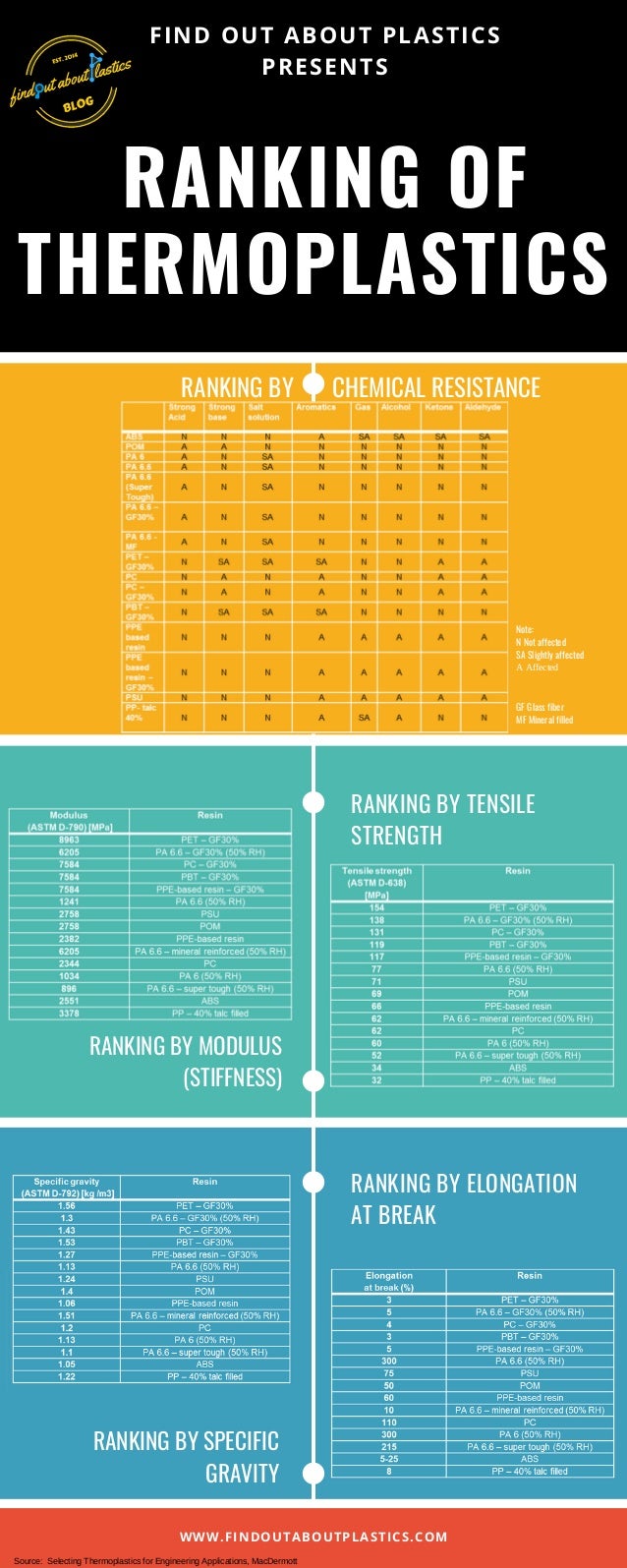Welcome back to the third
part of the high performance plastics for electrification series. In the previous
parts, we have discussed the polymeric materials used in battery systems
and traction motors. Now, we a look at
the high performance plastics used for autonomous driving applications.
Autonomous
driving
- Connectors
Connectors need to be
reliable while driving (manual and autonomous driving mode) as well as when the
OEM is assembling the different parts of the car in the manufacturing line.
Therefore, connectors need to fulfil different requirements:
- JEDEC MSL1 level of shelf life (=infinite);
- no corrosion (especially pins; plastic parts need to be free of halogens, red phosphor, and ionic heat stabilizers);
- continuous use temperatures of 140°C-180°C;
- high chemical resistance;
- high electric strength;
- and CTI of 600 Volts (PLC0).
Connectors need to have a high ductility level too. Easy identification
of high voltage connectors, insulators, and circuit breakers is achieved by
coloring polymers in orange (color coding compulsory above 60 V). Polymers such
as polyphthalamide (PPA) with a Tg of 120°C and above (Tg of 140 up to 180°C are
possible) can handle the requirements listed above offering high mechanical
strength with low moisture uptake, similarly to polyesters. Apart of aliphatic polyamides
and polyesters, semi-aromatic polyamides such as PPA and polyarylamide (PARA)
can be obtained in a non-halogenated flame retardant compound. Advantages of
PARA are the high stiffness, excellent low creep, low moisture uptake and
impact properties.
- Light Detection and Ranging (LiDAR) and Radio Detection and Ranging (Radar) sensors
High performance plastics play
an important role in connectors on the one hand as well as in sensors for autonomous
driving on the other. An aliphatic polyamide absorbs water and moisture. This
absorption is linked to a dimensional and mechanical change. LiDAR and radar
housings need to be dimensional stable since their job is to scan the
environment and create an accurate picture of the surrounding. Therefore, using
polymers such as polycarbonate (PC), polyethersulfones (PESU), and polyphenylene
sulfide (PPS) ensure the high dimensional stability combined with nearly no
moisture uptake. Those polymers ensure safe communication of the different
sensors over the life time of the vehicle.
- Battery temperature sensors
Minimal temperature changes (+/-
1 °C) in the Li-ion batteries can impact their loading efficiency. Therefore, accurate
management of the temperature by sensors is essential for keeping the batteries
at their highest effectiveness level. For this type of sensors, polyethersulfones
are best suited since their Tg is around 220°C and they show excellent
dimensional stability. Furthermore, this stability is needed for keeping the
sealing performance of the sensor’s O-ring seals.
- 5G communication sensors
With the arrival of 5G
mobile technology, our cars will be able to communicate with each other and the
environment. Requirements for 5G related applications are mainly high speed
data transmission, infrared transmission, retention of environmental influences
and dimensional stability. Polymers such as polyether imides (PEI) and polysulfones
are suitable to fulfill these requirements since their amorphous structure
allows for tight tolerances and low CLTE, creep resistance and good IR
transmission.
- Outlook
In next steps, automotive
exterior designers start to seamlessly integrate LED lighting systems with
infrared transparency for LiDAR sensor systems [1]. In such application
concepts, polycarbonates can play an important role. The integration of LiDAR
systems into the car bumper will lead to another challenge: having clean
lenses. This may be ensured by using fluorinated coatings which are based on
fluoropolymer chemistry (e.g. perfluoropolyether
- PFPE).
- Wrap-up
Electrification brings a
whole mix of performance plastics in several applications. I have listed the material
requirements and applications we discussed in this post including the previous
two parts in two tables, which can serve as guidance through selecting the
optimal polymer for your application.
 |
| Electrification application matrix for supporting polymer material selection |
 |
| Material requirements of high voltage components in electric vehicles |
Thank you for reading this third
part of the electrification blog series! If you enjoyed it please do like and
share it with your network.
Till next time!
best regards,
Herwig Juster
If you liked this post, share and like! Interested in my monthly blog posts – then subscribe here.
New to my Find Out About Plastics Blog – check out the start here section.
Check out also my personal webpage: Herwigjuster.com
New to my Find Out About Plastics Blog – check out the start here section.
Check out also my personal webpage: Herwigjuster.com
Literature:





